

- Call 908 543 4390
- Email
- Dr.Joni Redlich PT,DPT


Halloween is coming! And it’s time to get in shape for the big day. Lugging all that candy around from house to house is harder work than you think! 💪
Here are five spooky, Halloween-themed 🎃 exercises you can do at home, at the park, or on your trick-or-treat haunts to get you in the SPOOKY spirit:

A simple exercise where you stand with your feet shoulder-width apart and arms out in front of you. Then twist your arms from side to side and say “BRRRRAAAIIIINNNSSS” like a zombie!

This is a great way to work on your core strength while getting into the spirit of Halloween—lie on your back and lift your arms, head, and legs off the ground. Grab a pumpkin and hold it between your hands and feet (make sure it isn’t too big or heavy). Now lower the pumpkin toward your tummy and then push it back up into the sky to make it SOAR!

This exercise will help you strengthen all those leg muscles we use when we’re running from vampires or other spooky creatures. Start in standing with your feet hip distance apart. Then squat down as if you were trying to hide from something scary, and repeat! Make sure your arms are stretched out too so you really look like a leggy, crawly spider!

Jump up and down as if trying to scare someone into giving you candy. Don’t forget to get your monster claws out, and get creative with your jumps! If you want to be a monster that jumps on one foot, jumps while spinning, or jumps like a frog, then do it!
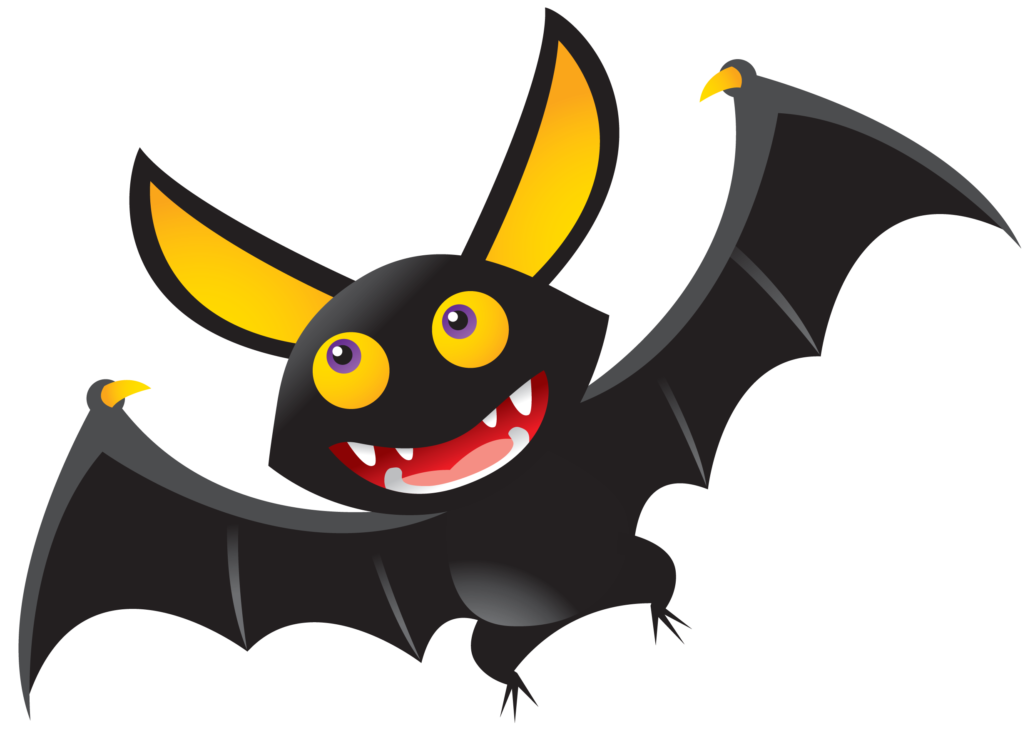
Make sure you are in a big open space for this one! First, put your arms out to the side while standing, like you have two wings. Next, dip one wing down, and one wing up in the air, so that your arms are in a diagonal. Now run 10 steps flying forward to the right side THEN 10 steps running toward the left side. You can also start screeching like a bat for some extra Halloween flare.
WOW! Now you’re looking and feeling EXTRA SPOOKY! We hope you and your family enjoyed grooving your way through these Halloweeny moves. Have a HAPPY HALLOWEEN!
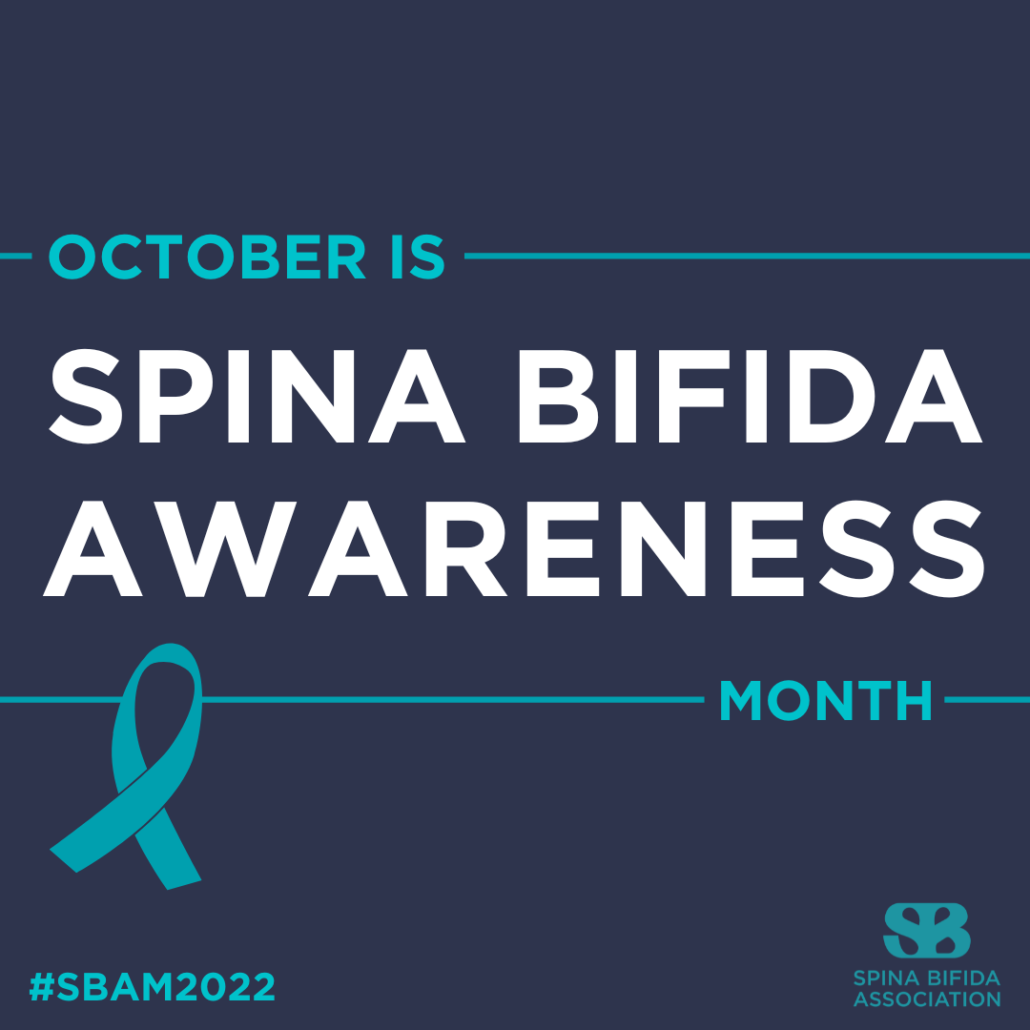
October is Spina Bifida Awareness Month and for it we wanted to share with you one of the recent advances in rehabilitation for children with spina bifida. On of our physical therapists, Dr. Kat has received training in this new approach and is now using it with our Kid PT families.
First, let’s talk Spina Bifida.
Spina bifida is a birth defect that occurs during the first month of pregnancy when the spinal column does not close properly, resulting in an open lesion on the skin. There are different types of spina bifida, but all can cause varying degrees of paralysis, loss of sensation and sometimes bladder and bowel problems. The severity depends on where the lesion is located on the spine and how much damage was caused to nerves as a result of it.
Spina bifida can be treated with surgery, even before the baby is born. These surgical repair advancements have improved outcomes for children with Spina Bifida. Physical therapy typically begins very early in life. Parents are taught stretching and positioning routines to maximize flexibility and play strategies to maximize function. Skin protection is also very important due to the lack of sensation and position sense.
Electrical stimulation has been used for many years for a variety of purposes. It is a safe non-invasive therapeutic intervention that can impact many different systems of the body, including circulation, sensation and muscle strength. Back in graduate school over 20 years ago I was involved with an research study using neuromuscular electrical stimulation for children with cerebral palsy and it showed great effectiveness.
Many people are familiar with TENS or interferential electrical stimulation from their own physical therapy experiences for pain problems. It is a similar set up doing neuromuscular electrical stimulation, functional electrical stimulation and spinal stimulation where you have two electrodes on the body and they connect to wires on the device.
Originally, Gerti Motavalli, a PT who was investigating using electrical stimulation to increase muscle activity with babies with Spina Bifida, she was focussed on direct activation of the muscles, as is more typical with the application. What she found was even more dramatic improvement doing spinal stimulation vs. only muscle specific. Babies improved their sensation and movement abilities at a much quicker pace than was typical. Her publication on the first search study can be found here. Spinal stimulation uses electrical pulses sent through wires placed around the spine into nerves in the lower back. It helps restore nerve signals that have lost their ability to travel down the body as a result of spinal cord damage or abnormalities. The exact way that spinal stimulation works is not completely understood; however it has been shown to improve sensation and motor skills at a faster rate than is typically expected. Since initiating this work, Gerti has used her protocols on children from babies to 13 year old and is now working with families from all over the world as well as teaching other physical therapists how to apply the concepts.
Since we already use electrical stimulation at Kid PT and we own multiple electrical stimulation units that are considered the gold standard for safety with children, we naturally wanted to learn how to apply these findings in the practice. Let’s talk a little bit more about the areas that spinal stimulation can impact a child with Spina Bifida.
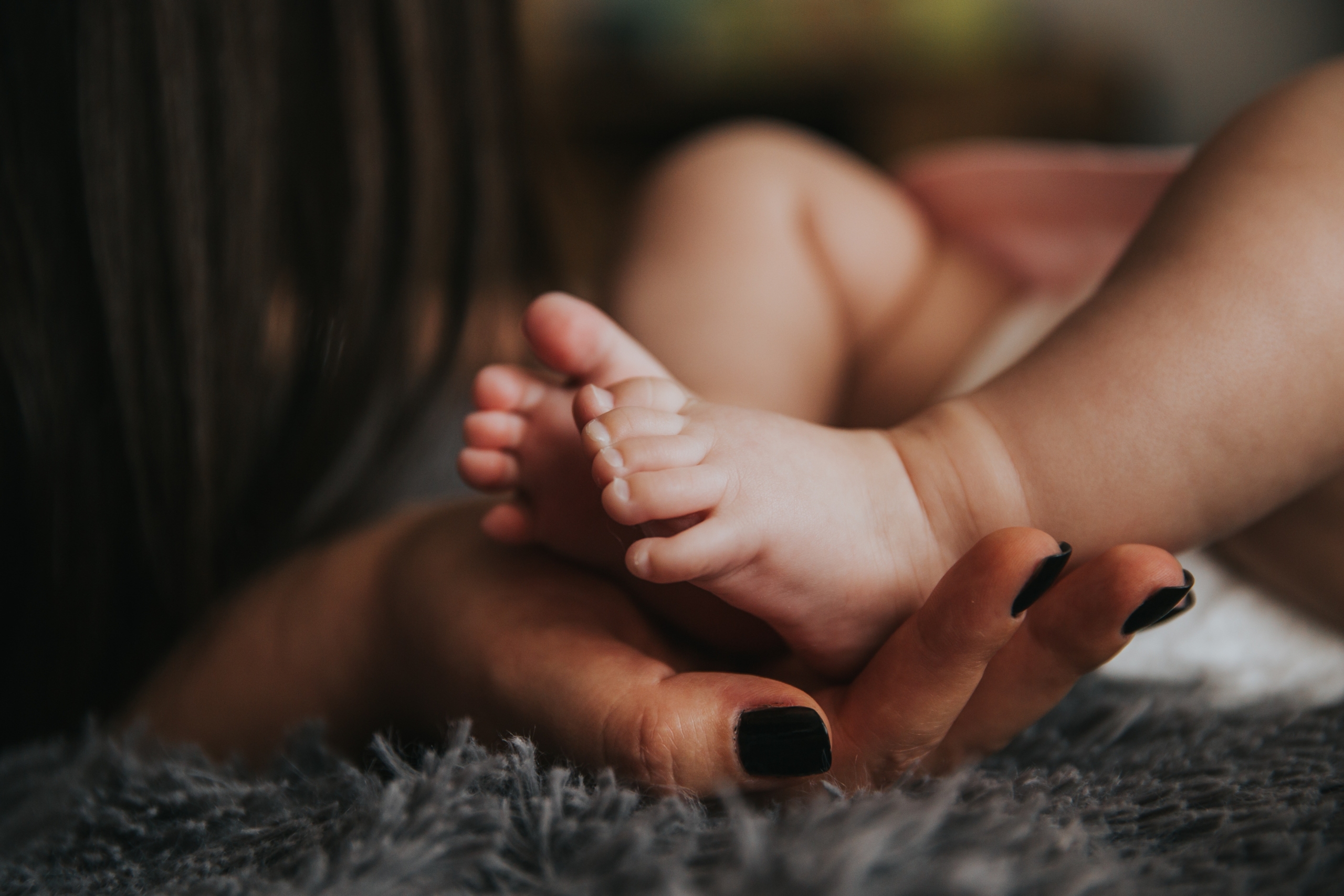 The spinal cord provides protective sensation—the ability to feel pain and temperature changes—to the body. This sensory information is relayed through the dorsal root ganglia (DRG) and transmitted through dorsal column pathways to the brain. In children with spina bifida, there can be significant damage to these structures, resulting in reduced protective sensation.
The spinal cord provides protective sensation—the ability to feel pain and temperature changes—to the body. This sensory information is relayed through the dorsal root ganglia (DRG) and transmitted through dorsal column pathways to the brain. In children with spina bifida, there can be significant damage to these structures, resulting in reduced protective sensation.
If you don’t feel the bottom of your foot, for example, you wouldn’t know if you’re standing on soft grass or on a thorn. That places your skin at risk for injury and limits your ability to stop an injury like that from happening over and over again.
Spinal stimulation has been shown to increase sensory awareness more rapidly than other treatment approaches used in the past. This has the potential to make a powerful impact on a child’s daily life.
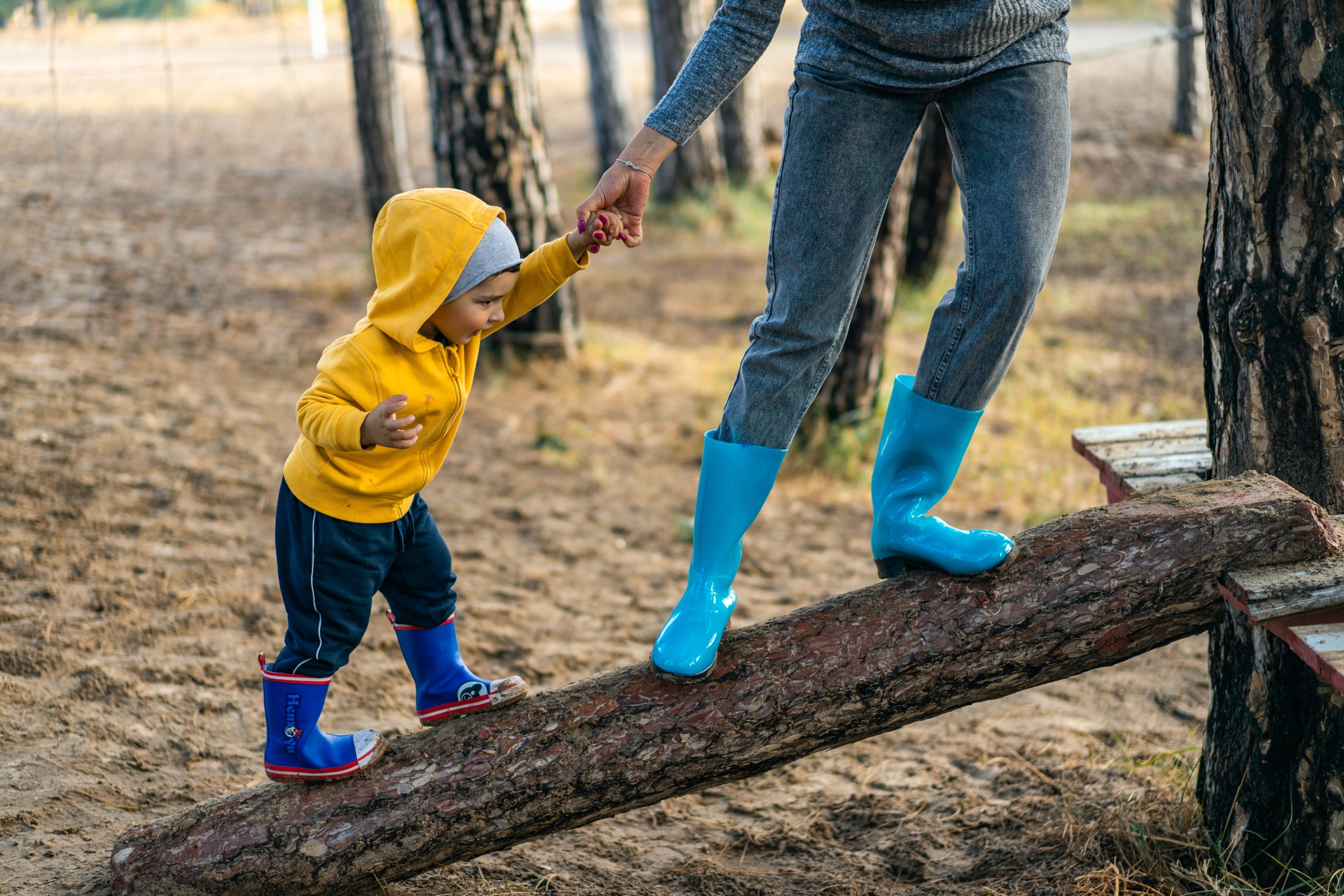 Proprioception is the ability to sense where your body parts are relative to each other and how they move in space (e.g., when you put your hand behind your back). Loss of proprioception can lead to difficulties with balance, coordination, and gait. Imagine trying to place your foot down flat on the floor if you don’t feel where your foot is. You would need to look down every time you take a step to know where to place it. Improving the sensory information moving from the body to the brain can improve a person’s proprioceptive sense.
Proprioception is the ability to sense where your body parts are relative to each other and how they move in space (e.g., when you put your hand behind your back). Loss of proprioception can lead to difficulties with balance, coordination, and gait. Imagine trying to place your foot down flat on the floor if you don’t feel where your foot is. You would need to look down every time you take a step to know where to place it. Improving the sensory information moving from the body to the brain can improve a person’s proprioceptive sense.
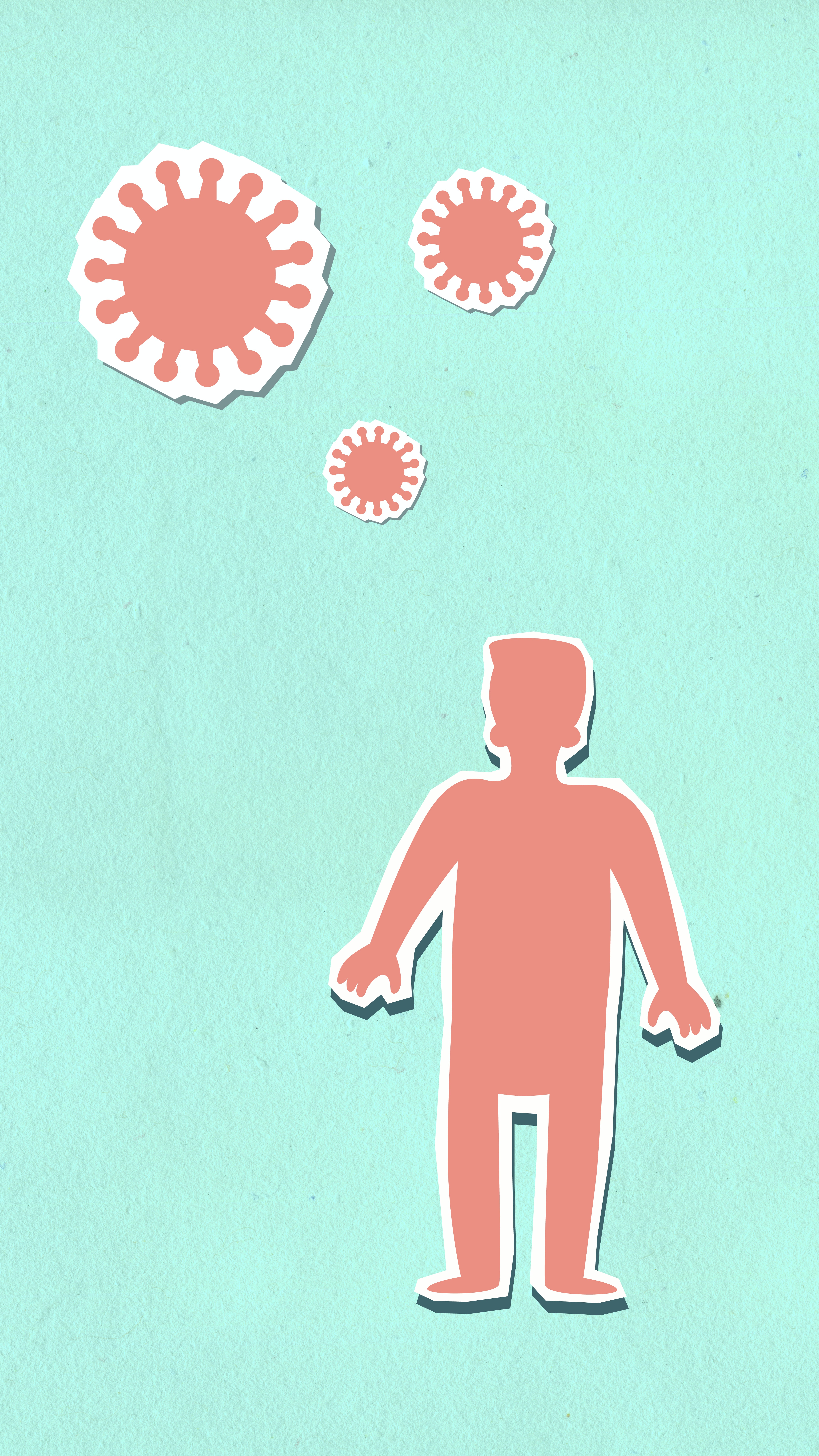 Circulation of the vascular and lymphatic systems are greatly impacted by movement as well as nerve innervation. If you always have cold feet life me, imagine how much colder they would be if you didn’t have the motor control to move your ankles all day long. I know mine would be icebergs! Spinal stimulation has the potential to improve circulation by increasing nerve conduction to the vascular system.
Circulation of the vascular and lymphatic systems are greatly impacted by movement as well as nerve innervation. If you always have cold feet life me, imagine how much colder they would be if you didn’t have the motor control to move your ankles all day long. I know mine would be icebergs! Spinal stimulation has the potential to improve circulation by increasing nerve conduction to the vascular system.
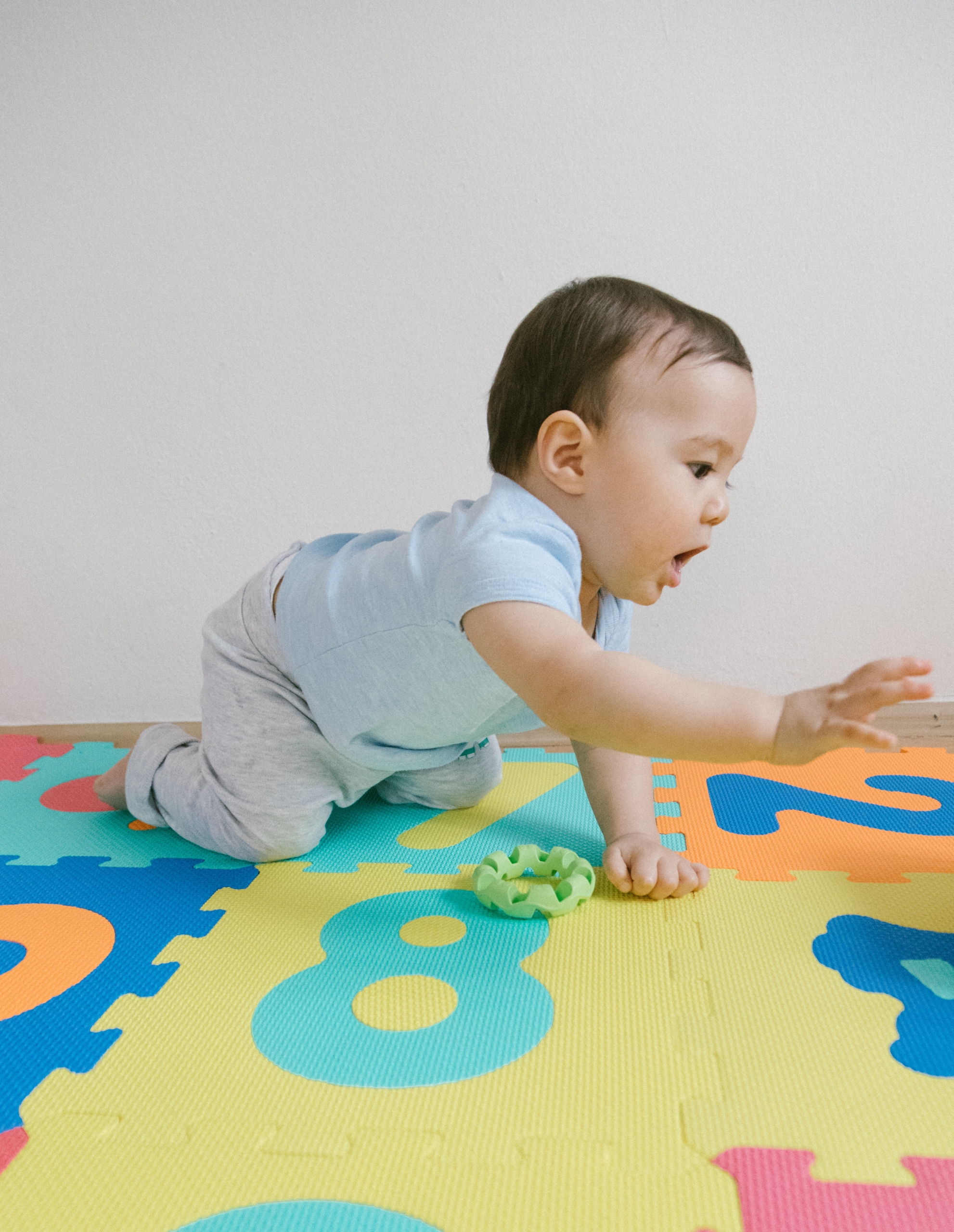 Spinal stimulation has the potential to increase muscle activity, which can improve endurance of postural muscles, symmetry between limbs, and promote improved alignment of the body. Stimulating the nerves that cause the muscles to contract can improve motor control, strength and endurance of the body. Improving symmetry of the body, including the hips and the trunk, can decrease the risk of scoliosis and hip joint issues, as well as support improved functional mobility.
Spinal stimulation has the potential to increase muscle activity, which can improve endurance of postural muscles, symmetry between limbs, and promote improved alignment of the body. Stimulating the nerves that cause the muscles to contract can improve motor control, strength and endurance of the body. Improving symmetry of the body, including the hips and the trunk, can decrease the risk of scoliosis and hip joint issues, as well as support improved functional mobility.
To see many video samples of how spinal stimulation is done and to watch videos of changes over time of children of different ages, check out Gerti’s Facebook or Instagram pages. To learn more about Electrical Stimulation and how it can help your child reach out to us for a phone consult or to schedule a free screening.
Reach out to as at info@kidpt.com or call/text 908-543-4390.
Science keeps growing, we all keep learning, and the future is bright!
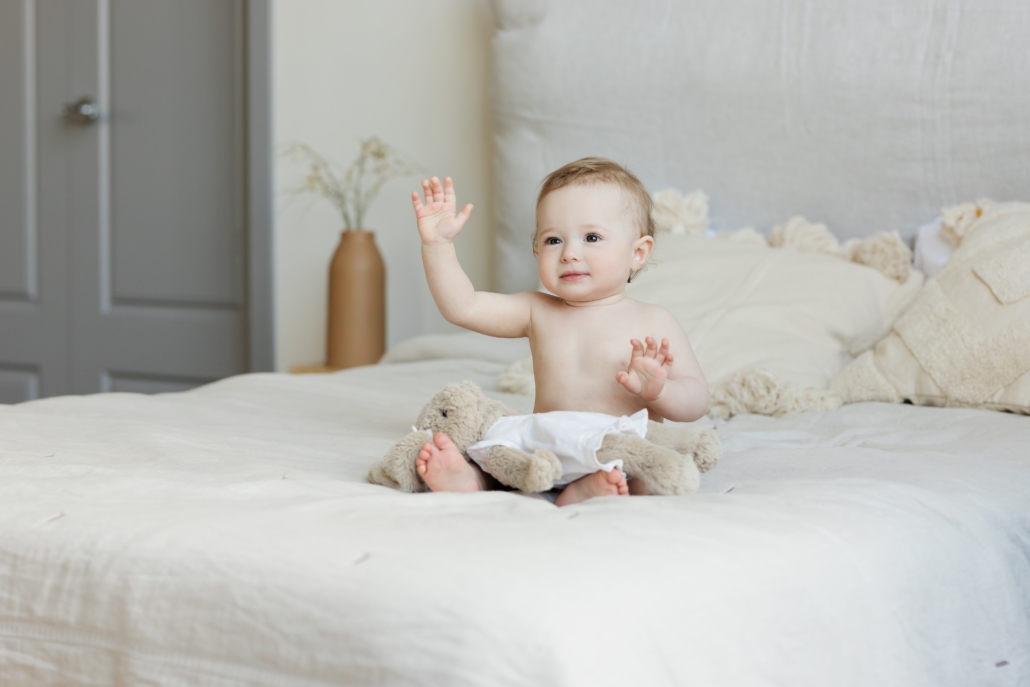
“My baby won’t move out of sitting! She just wants to sit and play and gets mad if we lie her down to play!”
It’s an exciting moment when your baby starts sitting all by themselves. At some point between 5-8 months babies developing typically will gain the postural control to sit hands free and play with toys.
It’s a huge milestone and a big one to celebrate!
Here’s a photo of the first time my daughter, Rebekah, sat by herself. She sat just long enough for me to snap a quick pic!
You can see how tentative she looks here!
Rebekah is using her hands to help her balance here.
She’s not quite ready to sit and play with toys with both hands, watch the dog running back and forth, or reach for something.
Perhaps a big giggle would knock her over at this point!
This is a great time to play in sitting with a little support, such as in a laundry basket or a box.
The more filled the basket, the easier it will be to balance. For more challenge, try wiggling the laundry basket or give your baby a ride moving the basket back and forth.
You can also use large toys where your baby can use one hand to balance and the other to like this one.
Many of the push toys have a side to play on- park it against a wall of the couch so it won’t move and your baby can sit and play with it.
A big toy that fits in between your babies legs in ring sit so they balance with their hands on the toy, rather than hands on the floor can help sitting balance get better and better.
When babies become more experienced sitters, they can look in all directions without it impacting their balance, they can play with toys with both hands and they can reach in all directions.
This is when you’ll see your baby experimenting with banging toys together and using both hands to manipulate their toys.
Once we’ve mastered the sitting milestone, now what?
In sitting, we want to see your baby shift their weight forward and back, left and right, while they’re playing in sitting.
They will learn this naturally during play.
While they’re shifting their weight to each side to get the things they want, your baby will learn to move from a ring sit position like above to other positions, such as ring sit to side sit.
Babies will also move from sitting down to their bellies too.
Here are some examples of playing in sitting that leads to next steps and moving in and out of sitting:
This give babies the opportunities to practice moving between positions from sitting to belly and from sitting to hands and knees.
All of this movement out of sitting creates separation from the babies’ lower legs, hips, and core, building flexibility and postural control.
This is getting the baby ready for all of the milestones that come next!
The stage is being set for crawling and walking!
What are happy sitters?
Happy sitters are babies who achieve the exciting sitting milestone that we’re chatting about, but then they bask in the glory of sitting and don’t keep moving along in the developmental process.
Our therapists at Kid PT see this all the time.
These babies figure out how to communicate to their parents to place them in sitting. These babies will pull toys towards them using a blanket and will have siblings bring them the things they want. They are so smart and problem ways to keep things in their comfort zone!
We call these babies “happy sitters” because they’re happy sitting there, but aren’t happy exploring other ways to move.
Although learning to sit by themselves is fantastic, it should happen alongside:
If your baby is sitting all by themselves, but they aren’t doing the other movements listed above, your baby may be a happy sitter.
What happens if you don’t intervene?
The longer you wait, the harder it is to promote more movement.
Variety of movement is one of the big keys in motor development.
If you are worried that your baby may be a happy sitter, come in for a free screening with one of our physical therapists and we can give you tips to get your baby out of this phase and onto moving and exploring their world!
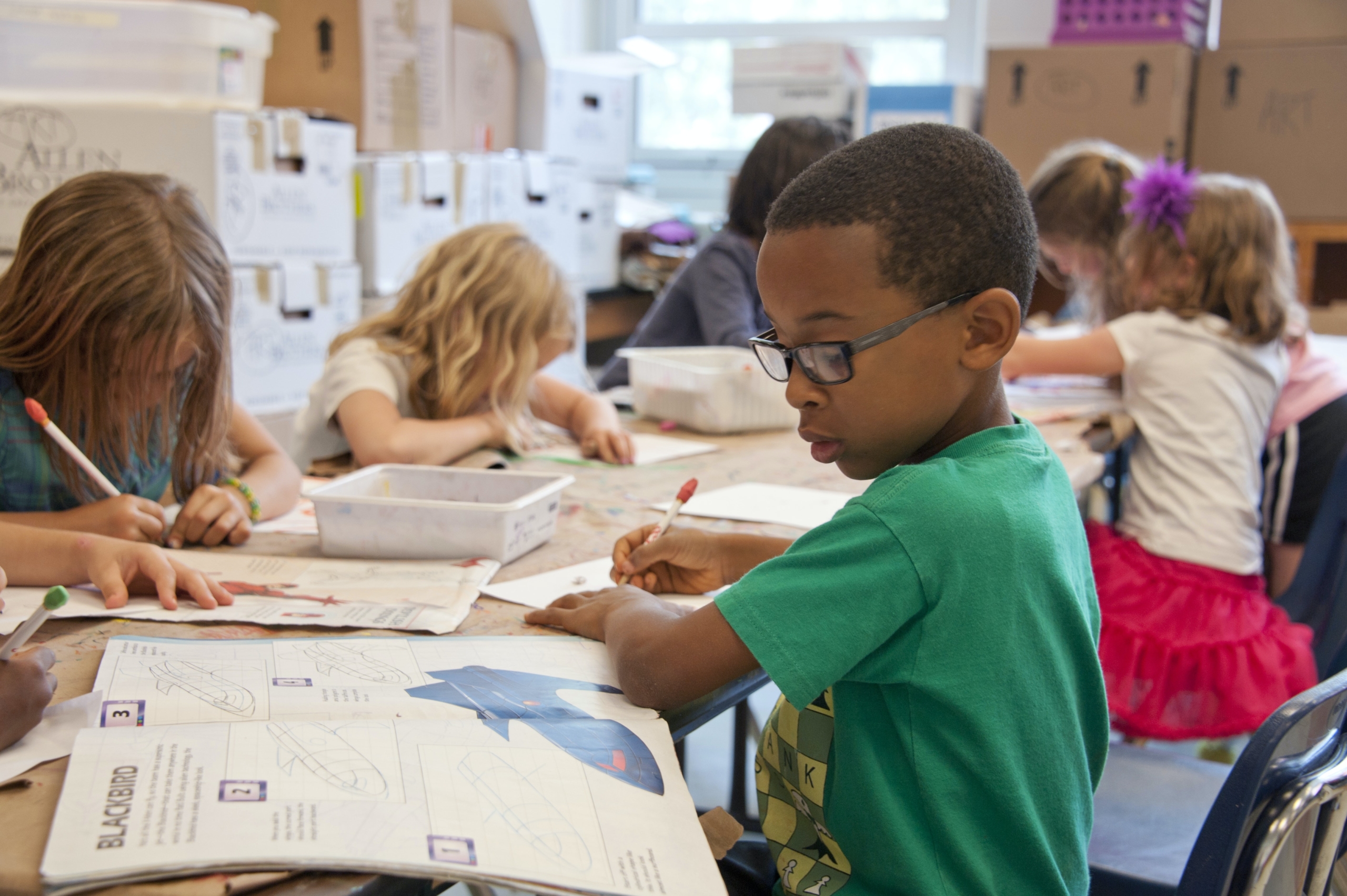
Here are 6 of our top focus strategies!
We’re well into October now and for some children the honeymoon period of the new school year is over and the reality of the demands day in and day out are settling in. For some children, they are cruising along, but many of our families at Kid PT are telling us that their kids are starting to struggle.
Our therapists at Kid PT are here for you and we wanted to bring you some strategies to try at home. If these strategies are not enough and you can’t figure out the right solution for you child, reach out to us and we can give you the individual help that you need.
Here are our therapist’s top 6 strategies to help your children focus in the classroom. Try one or combine a few to find the best match for your child. Additionally, a strategy may work for a while and then you’ll need to mix it up with another one. So even if you find a good fit strategy, keep the list handy to try another one out in the future!
A fidget toy is a small item that you can play with to help you concentrate or relax. It often looks like a stress ball, but it doesn’t have to be. Fidget toys can be things like rubber bands, coins, or other small objects. We have had children at the office complain of fidgets making them look different than other kids- in cases where the child is concerned about how the item looks, try to find an everyday object like one listed above that can serve the purpose.
There are many different types of fidget toys. Some are specifically designed for people with ADHD (like the Spinner Cube), while others can be used by anyone who needs an easy way to focus or become more mindful.
Some fidgets can be noisy, which doesn’t work well in the classroom setting so check out this list of silent fidgets to help you find a good solution for your child.
Many of our kids at Kid PT have had success using a seat cushion, yoga wedge, or Dyna Disc on a chair. Some kids have a hard time staying still because their brains are too active for sitting still for long periods of time (which can also explain why some kids bounce around so much). If this is your child’s issue, try placing a seat cushion or dyna disc on their chair at school so that they feel more comfortable sitting still for longer periods of time.
Other children have trouble keeping an upright posture all day long due to low tone, hypermobility, or core weakness. These children could potentially get more fatigued using a dynamic cushion all day, but may do well with a yoga wedge on their chair to support a more upright posture with less of the effort to get there.
Did you know that deep pressure can be a grounding and calming feeling?
We can use that to help children focus!
Two ways that we can give children deep pressure
A weighted vest or compression vest is an effective, noninvasive way to improve attention and focus. Weighted vests are usually made of nylon or cotton and contain small weights that are distributed throughout the vest to create a light sensation against the body. The person wearing the vest feels like they’re carrying a backpack full of books. These vests are often used as a treatment for children with autism, as well as other disorders such as ADHD/ADD.
Compression vests work similarly, and the deep pressure feeling is felt by the child every wiggle and move they make.
Many of our kids at Kid PT have told us that their classroom can be really loud!
Headphones that cover your child’s ears can be a multisensory approach to help your child focus in a classroom. Not only do these headphones help tune out access noise in your child’s environment but the soft cushions along the heads can provide deep reassuring pressure to your child’s head which can allow for improved self-regulation and attention.
Remember what we said above about deep pressure- headphones are another way to give deep pressure while blocking out noise at the same time.
Snack time can be more that just a time for our kids to fill their bellies. Sensory input includes all the senses of your body, including taste. Also, to swing back to that deep pressure concept again, we can even get that through the jaw. Crunchy, chewy, and sour are the most regulating and alerting forms of oral input. Providing a crunchy snack such as cheese crackers or chewy foods such a dried mango can provide regulating oral input before heading into the school day. Sour foods such as lemons can help increase alertness and arousal in children who may seem disengaged or low energy.
As adults, we give ourselves sensory breaks throughout the work day. We get up for a cup of coffee (read stand up and walk, chat with a colleague, and then drinking caffeine), we may grab a piece of gum or a mint (altering! deep pressure to the jaw!).
Just like adults need breaks between work periods, so do children. Kids need breaks much more frequently than adults do, often to move their bodies and get outside. Breaking up large tasks into smaller parts with breaks in the middle can be a great way to keep kids on task.
Our Kid PT therapists hope that these strategies will give you a starting point to help your children develop the confidence and skills to succeed at school. If these strategies aren’t enough for you and your child, reach out to us. Let’s dig deeper together, identify the source of the problem, and find solutions that will work for your child.
At Kid PT we are passionate about the courageous lives of the children and young adults we support. September is Muscular Dystrophy Awareness month and we want to share with you some of the specifics of this condition we know so well.
What is Muscular Dystrophy?
Muscular dystrophy is a progressive, muscle wasting disease. It is caused by a mutation of the gene that is responsible for making the dystrophin protein. Dystrophin is important in providing stability to the muscle cells as it acts as an anchor between the inner parts and the outer layer of the cell. When this protein is absent or damaged, the muscle cells will break open easily which leads to muscle cell death. This can affect all the muscles in the body including the muscles used for walking, talking, breathing, swallowing, and even the muscles of the heart.
There is a spectrum among the varied types of muscular dystrophy that range in severity, location of muscles affected, type of gene mutation, and when symptoms begin from early childhood to adulthood. Specifically, today we will discuss Duchenne Muscle Dystrophy (DMD) as it is one of the most common types. About 15,000 boys in the US have DMD and there are about 300,000 cases worldwide. DMD occurs primarily in boys and the onset of muscle weakness is typically noticed by ages 3-5. Boys with DMD typically will lose their ability to walk around the age of 10-12 years old and have a life expectancy that extends into the mid 20s and early 30s.
Management of DMD:
Due to the wasting of muscles and reduced dystrophin throughout the body, individuals with DMD are at increased risk for fractures, scoliosis, falls, heart disease, difficulty breathing, skin breakdown, learning disabilities, respiratory infections, difficulty swallowing, and other complications. Management of muscular dystrophy requires collaboration of a multidisciplinary team in order to address the multiple systems that are impacted by DMD. Some of the key players on the care team are primary care physicians, cardiologists, pulmonologists, neurologists, psychologists, orthopedists, respiratory therapists, dieticians, nutritionists, nurses, physiatrists, physical/ occupational/ speech therapists, and social workers. As there is no known cure, treatment traditionally consists of use of steroids, respiratory support, supplements, and a variety of medications and equipment to manage the varied accompanying symptoms. Despite these problems, we’ve seen such vibrant joy in victories small and large as these young people reach goals they may have lost hope for.
How PT contributes:
Physical therapy is very different for people with DMD compared to the general public as certain strengthening activities can be harmful to the integrity of their muscles. Physical therapists are key players in monitoring the disease progression, implementing an appropriate home stretching program, educating families and schools on the capabilities of those with DMD, and recommending the use of night splints. As physical therapists are movement specialists, they assist clients with DMD and their families by providing activity modification recommendations, preserving optimal joint mobility and tissue flexibility, recommending environmental modifications, ensuring trunk and ribcage mobility for breathing and also ease of movement, monitoring and managing scoliosis, and recommending and adjusting appropriate mobility aids and assistive devices when walking requires too much energy demands and becomes a safety concern. The physical therapist’s goal is to help the child or adult with DMD to stay as mobile as possible and conserve energy in order to access varied settings from their home to school to places of amusement including sporting events, concerts, amusement parks, and travel destinations with the highest level of independence and safety as possible without overdoing it and causing undue damage. We’ve seen social engagement, connection with others, pursuing activities of interest, and reaching personal goals bring meaning and joy to the lives of our clients and are privileged to be part of the process to help our clients with DMD live to the fullest.
Promising Research Developments:
Research has led to significant progress towards discovering effective treatments for DMD. Today adults with DMD are living longer and maintaining independent mobility for longer periods of time compared to only a few decades ago. The advances in research that have been made continue to improve the quality of life of people with DMD. More breakthroughs are on the horizon as new gene-based therapies and exon skipping treatments are being developed which have the potential of reducing and halting disease progression. At Kid PT we are always on team hope that the future for those living with DMD will continue to brighten and that our role as therapists will continue to evolve with these advances in technology and research.
Resources for Information and Donations
For more information on DMD and also foundations that you can donate to support both the research and children and adults with DMD see below:

Back to school season can be a time of significant change for young students and their families. When a child with special needs begins a new school year, there’s often a period of adjustment as he or she learns to navigate new classrooms, teachers, and classmates. Transitioning into a new school setting can be difficult for any child, but it can be especially challenging for children with behavioral difficulties and learning disabilities. Below we’ve included some strategies that can help your child start a new school year on the right track.
By building a positive dialogue around what is happening and engaging in social support your child can be excited about starting a new year at school.
Taking your child back to school shopping can help ease this transition process by familiarizing them with their new classroom environments before they actually start classes in September. Allow your child to bring their back to school supply list, help them make choices of what to get. Creating a sense of control over the situation allows your child to become familiar with a new situation.
Stories are a great way for children to understand what happens on the first day of school from the perspective of another child depicted in a book. Understanding what to expect can help a child feel more comfortable and prepared for what’s to come.
A “Morning Routine” visual schedule allows you to visually represent the activities you have scheduled for your child each morning. The visual schedule board is a great way to organize the morning routine and promote independence in the morning at home.Use pictures to depict: Wake up, brush your teeth, get dressed, eat breakfast, get on the bus, etc. Predictability is comforting to kids and allows your child to know what to expect.
Sensory strategies such as heavy work and proprioceptive feedback can help your child self regulate, especially during back to school transitions. Heavy work can include pushing a laundry basket full of toys, jumping on a trampoline, or carrying something heavy in their backpack. Deep pressure strategies include tight hugs and squishes on their arms and legs.
Every child is different and will need their own time to adjust. Help your child talk about their day after school, give them space to tell you how it made them feel and address any concerns they may have.
At Kid PT, our occupational therapists work with parents to help them and their children gain awareness of the challenges that may accompany new environments, and give tools to navigate those challenges in positive ways. Our occupational therapists will work with your child to develop skills, strategies and confidence needed to adjust to the school environment. Unsure if occupational therapy is right for your child? Call us to ask you questions or come in for a free consult to discuss.
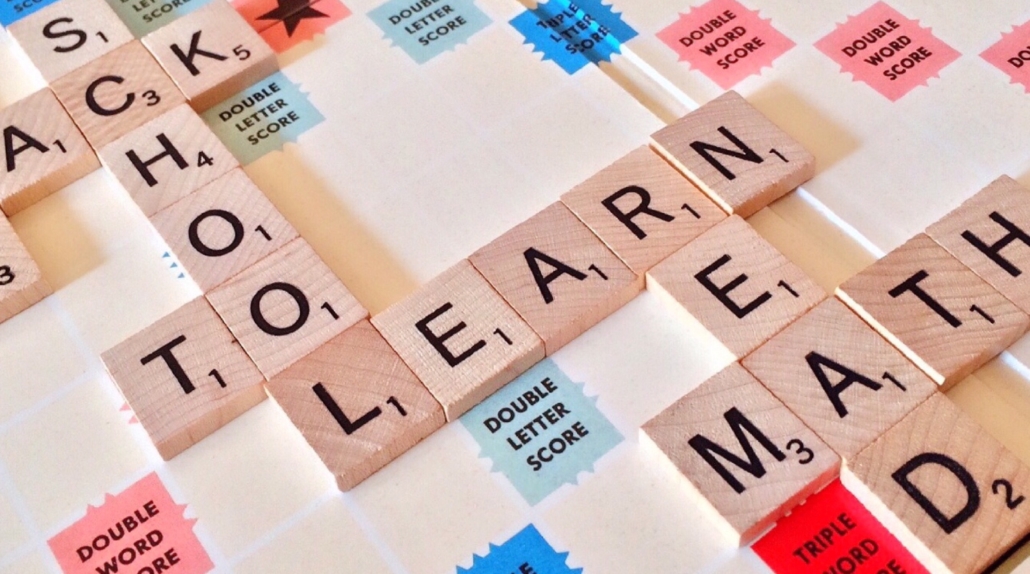
Keep Your Home and School Life Calmer this Back to School Season
It seems to happen every year. One minute we are barbequing, lounging in the pool, camping, going to the beach or on fun day trips, perhaps even on a long anticipated vacation, and then, BAM! The scene changes drastically: stores are merchandising Fall, as in Pumpkin Spice Everything, Halloween decor and Back to School items galore! For kids it can be jarring to be staring at the reality of returning to a more structured routine, but it can be equally disconcerting for parents, especially if there are unknown factors regarding the school experience or their students’ potential reaction to a new school year. Couple this with the uncertainties of the last 2.5 years of life and stress all around can start to grow.
First, let’s breathe. With a bit of planning ahead, organization, and tips from some experts, we CAN put a positive spin on the experience of preparing for Back To School activities. Whether this is your first year of having a child in school or your tenth year, every new experience i.e. start of a new school year, is going to have some similarities and differences to the ones that preceded it. Hopefully, this guide has something that parents with different types of experiences can find helpful. Let’s Do This!
Walking through the school before the school year starts can reduce both child and parent nerves, as you know what to expect and where things are. If possible, look at the child’s actual classroom. Finding key places like the bathrooms, auditorium, nurse’s office, and gym can calm some jitters about getting lost. Remind your kids that it is ok to have to ask for directions!
If your child has any accommodations (think 504 Plan or IEP), review what educational goals have been met, and any remaining challenges. Before school starts (or soon thereafter) reach out to schedule a team meeting, to talk about what was effective last year and what goals you’ll focus on this year. This can be a time to update the team on any new achievements or challenges that may prompt revisions to plans.
You know your child best, including their biggest organizational challenges. It’s better to strategize potential solutions before or soon after classes begin. Together ( if your kiddo is amenable), browse an office supply store, dollar store, Walmart, Target or websites like Amazon and see what type of systems designed for organizing papers, supplies, and time, might best fit their needs. Pick options that are simple enough to work both at school and at home. For example, if losing homework is a known issue, consider pocket folders and label them for work to do on the left, finished work on the right. Can’t find books in their locker? A locker shelf and encouragement to organize books according to the daily class schedule might do the trick.
If your child is in one classroom all day, knowing how the day/week will be structured and what it will consist of can offer a sense of security. If they are switching classrooms, ask them if they know where all listed classrooms are located.
Pick a spot close to the door and stock it with things like open cubbies/shelving, baskets, and/or hooks. This should be “HOME BASE” for items like books, homework, backpack, notes, sports/activity bags/equipment, keys, lunches, and other school-related articles. Hang a large whiteboard to help her remember tasks and items. Consider setting timers to help get kids and parents out the door on time. Old school Dollar Store wind up timers are one great option that keeps everyone off their phones.
It is tempting to skim over the endless number of emails, website links, videos, online sign ups, and even papers that your students school sends you. Sure some of it may involve signing up to be a chaperone at a dance or volunteer for the Holiday Market, BUT there is also crucial information that can be buried in the parade of documents. Schedules, calendars, classroom policies and signups for important events can be missed. Trust me on this- you don’t want to be the ONLY parent who misses the Meet the New Class Goldfish Tea.
There are oodles of resources out there to help parents manage and control all aspects of the Back to School journey. Here are a few we found that we thought were nifty, helpful and worthy of sharing. Don’t be afraid to try new techniques to manage your family’s back to school schedule. You can reach out to other parents (IRL, through online groups, or by reading blog info online) to find out what worked for them for a particular challenge you are facing. But ultimately, it’s YOUR FAMILY, YOUR SOLUTIONS. We are rooting for you and you kids to have a sane, successful and super start to the school year!
Note: we have no affiliation with and get no incentive from any of the websites or products we list.
At happymomhacks.com website, a busy mom shares checklists she created with what kids need to bring to school and for after-school activities, as well as easy DIY homework stations & backpack storage ideas https://happymomhacks.com/how-to-be-organized/
Start the school year off right! Download this free book of invaluable back-to-school tools, and get more school and learning help from ADDitude via email.
Magnetic whiteboard for family organization:
Clothes Organization
No Hassle Shoe Tying
For Easier Wake Ups- Sunrise Alarm Clock
Keep Art and Keepsake Papers organized
Visual Time Tracker for Homework or Chores
REFERENCES:

Here at KidPT, we treat kids with many different forms of disabilities, and we hear all the time how tricky it is to find places that are accessible and disability friendly for quick, family fun getaways. To help fill all your kiddo’s weekend fun needs, we thought we would compile a list of disability friendly travel destinations within driving distance that have been visited and approved by families with adults or children with disabilities.
Looking to travel close by? Try some of these disability friendly destinations located within driving distance of New Jersey for a weekend getaway or short vacation!
Washington DC is the city where the Americans with Disabilities Act was passed and made a law and how fitting that it is such an accessible city! Nearly all of its attractions, shops, and restaurants are wheelchair accessible. This includes the National Zoo, Capitol Building, Lincoln Memorial, all the Smithsonian Museums, the Washington Monument, and other famous landmarks across the city. The metro is also wheelchair accessible and a very easy way to explore the city, you can roll into the metro with ease and then take an elevator to get to the metro lines. The city is also mandated to make all taxis wheelchair accessible too, which will open up even more possibilities for traveling throughout the city. See below for a great guide to all the wheelchair accessible locations throughout the city.
https://magazine.trivago.com/the-ultimate-accessibility-guide-to-washington-dc/
Shenandoah National Park is beautiful and full of nature AND has wheelchair accessible trails. Two of the accsssible trails of note are the Limberlost Trail and the Rose River trail, which are both smooth and offer stunning landscape views.
https://www.nps.gov/shen/planyourvisit/accessibility.htm
The Sesame Place is an amazing theme park for kids with many different needs. It is based on every kids favorite television show, Sesame World, and offers theme park rides, water rides, and shows and parades too. One of the real benefits of the Sesame Place is that it is also a Certified Autism Center (CAC), and was the first theme park to earn this designation. Plus, it is wheelchair accessible too. Upon entering the park, they offer a “Ride Accessiblility Program” questionnaire that will let you know which attractions will fit your family’s needs the best.
https://sesameplace.com/philadelphia/
Smugglers’ notch has many options for the whole family, like various fun camp activities and options, many fun pools to choose from, and most importantly, the Smugglers’ Notch Adaptive Program (SNAP). SNAP features many adaptive activities for kids, such as Arts and Crafts, guided hiking, kayaking, mini golf, Nature time, S.T.E.M activities, Swimming and Adaptive Swimming Lessons, and Waterslide activities. The mountain environment is also very relaxing for parents, with nice mountainside condos available.
https://www.smuggs.com/pages/summer/kids/adaptive_programs.php
Legoland is a special needs-friendly and wheelchair accessible theme park that any lego lover is sure to fall in love with! They also offer a list of recommended attractions depending on your child’s disability, and there are many wheelchair accessible attractions throughout the theme park! Most of their rides and attractions are wheelchair accessible, like DJs Dizzy Disco Spin, Merlin’s Flying Machine, The Dragon, and so many more!
https://www.legoland.com/new-york/plan-your-visit/know-before-you-go/special-situations/
Resources:
https://parade.com/1002319/marynliles/handicap-vacations/
https://enablingdevices.com/blog/best-vacation-spots-handicap-access/
https://blog.cheapism.com/wheelchair-accessible-vacations/
https://www.gorving.com/tips-inspiration/expert-/10-most-accessible-places-visit-us
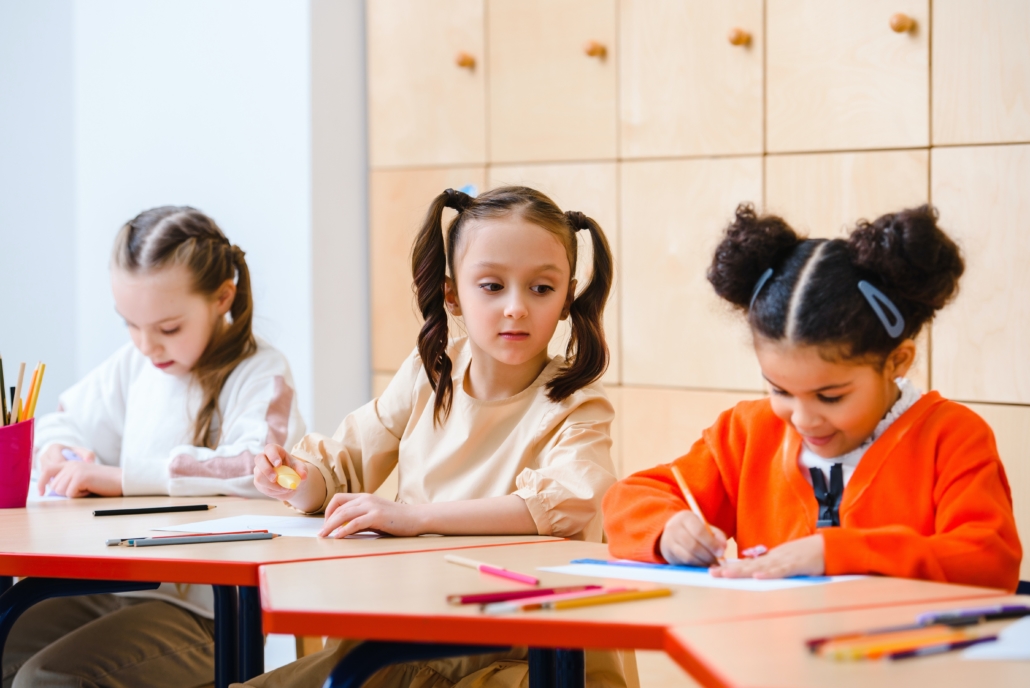
The Summer Is A Magical Time For Childhood.
It allows an increased opportunity for outdoor play, creativity, exploration of new environments, unstructured social interactions with peers, and travel to new places via day trips or family vacations.
Whether your child spends more time outdoors with neighborhood friends, experiences nature at camp, ventures to the park with the family, goes on rides at amusement parks or carnivals, plays in the sand at the beach, goes tubing or boating, bikes around the block, splashes in the sprinklers or a pool, creates with chalk masterpieces on the driveway, or camps in the woods; your child is in a sensory wonderland.
All these experiences provide your child with significant opportunities for movement and diverse sensory experiences that are so important to help develop their sensory integration systems and gross motor skills and promote self- regulation.
No Wonder it is a challenge to transition from this sensory and movement rich environment back to the classroom where our children are expected to sit still and focus on their academic curriculum.
That’s why we have compiled this Back to School Movement List. These items may help if your child has an especially challenging time with this transition by incorporating both movement and sensory activities into the school environment in a classroom friendly way. These movement and sensory outlets promote a calm demeanor and an enhanced ability to focus and concentrate so that our kiddos are ready to learn about our crazy, cool world.
If your kid is: always wiggling, shifting, rocking in, or getting out of their chair or sitting with slouched posture.
How it helps: Improves posture, promotes active sitting, activates the core for improved postural stability, and provides proprioception and body awareness.,
If your kid is: often tapping their feet on the floor, pushing the top of their feet into the ground or the legs of the desk, wrapping their feet behind the legs of their chair, wiggling in their chair, getting out of their chair, distracted, anxious, or sitting with slouched posture.
How it helps: Provides proprioception and body awareness, lower limb movement, deep pressure and joint compression with rebound of the band, resistance for hard work which can be grounding for your child.
If your kid is: always chewing on their pencils, biting their nails, gnawing on their shirt/clothes, anxious, distracted, clenching their jaw, or grinding their teeth.
How it helps: deep pressure input, movement and heavy work of the jaw, activation of muscles in jaw and neck which promotes improved postural stability, proprioception and body awareness,
If your kid is: often tapping their feet on the floor, pushing the top of their feet into the ground or the legs of the desk, wrapping their feet behind their chair legs, wiggling in their chair, getting out of their chair, distracted, anxious, or sitting with slouched posture.
How it helps: Provides proprioception and body awareness, lower limb movement, resistance for hard work, deep pressure input, and exploration of texture with the choice of the smooth or bumpy surface.
If your kid is: often fidgeting in their chair, playing with their hair, distracted, anxious, getting out of their chair, talking excessively in class, clenching their hands, picking at their skin, or tapping their fingers or pencils on the desk.
How it helps: Provides proprioception and body awareness, movement, resistance, exploration of texture, an outlet for restlessness, and activation of hand, arm, and shoulder muscles.
This is not an exhaustive list and there is no such thing as one size fits all. Consider the strengths, sensory preferences, and movement needs of your child. If you need help navigating what your child’s needs are, try booking an occupational therapy consultation near you. The summer is not over yet, so keep basking in the sensory and movement wonderland.
